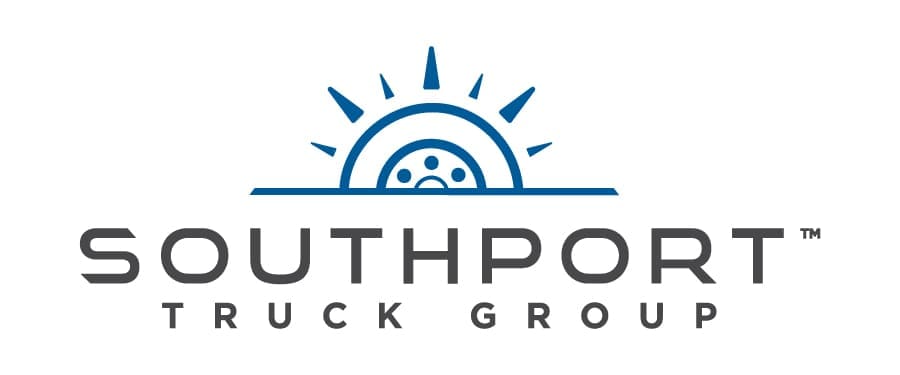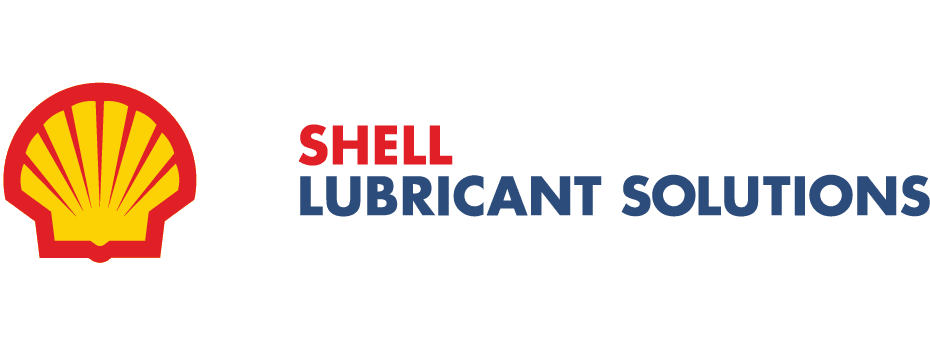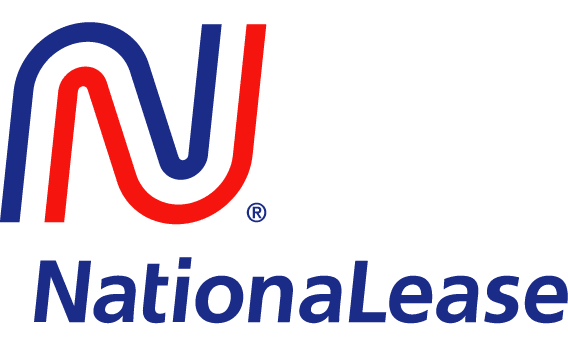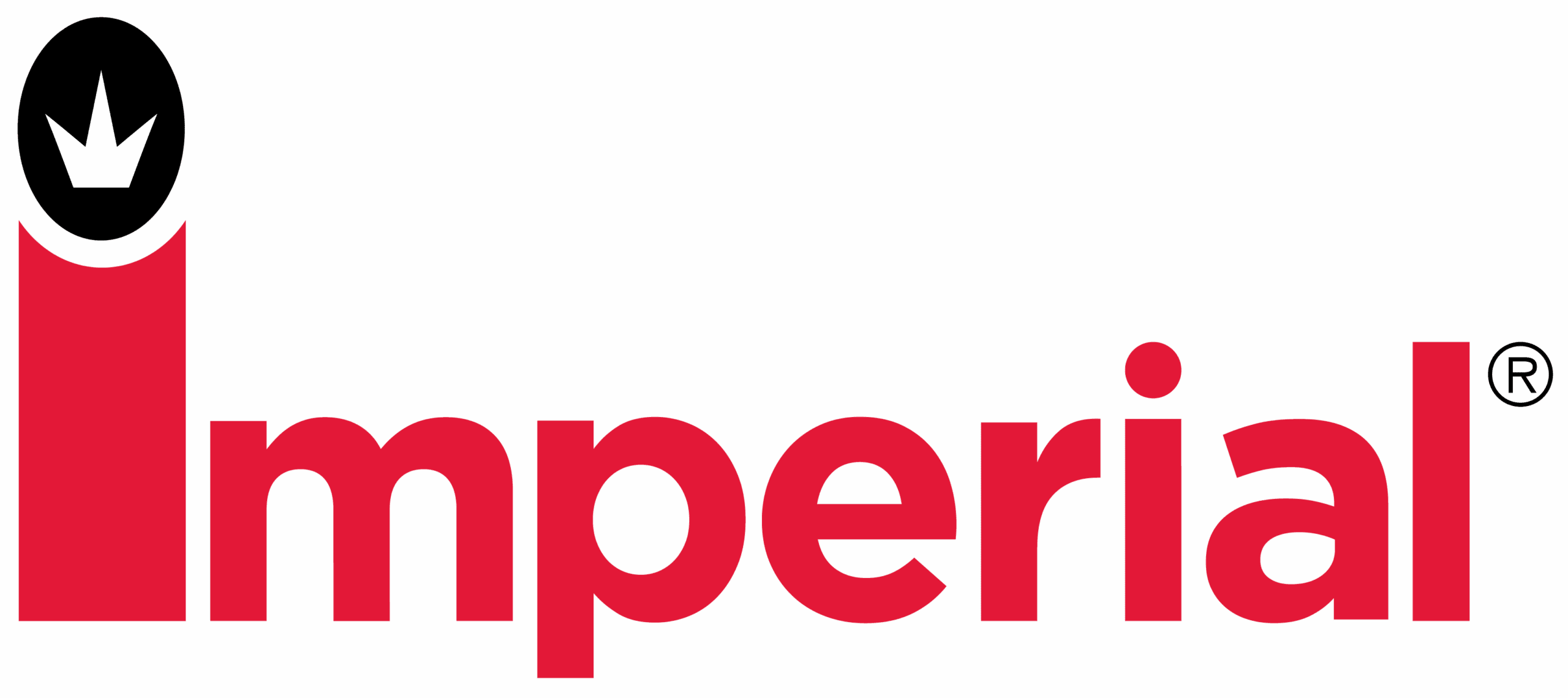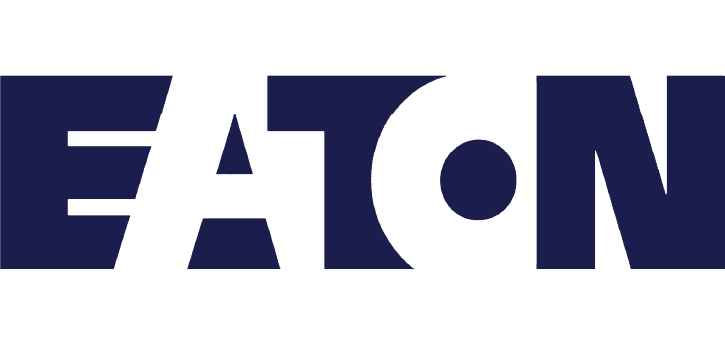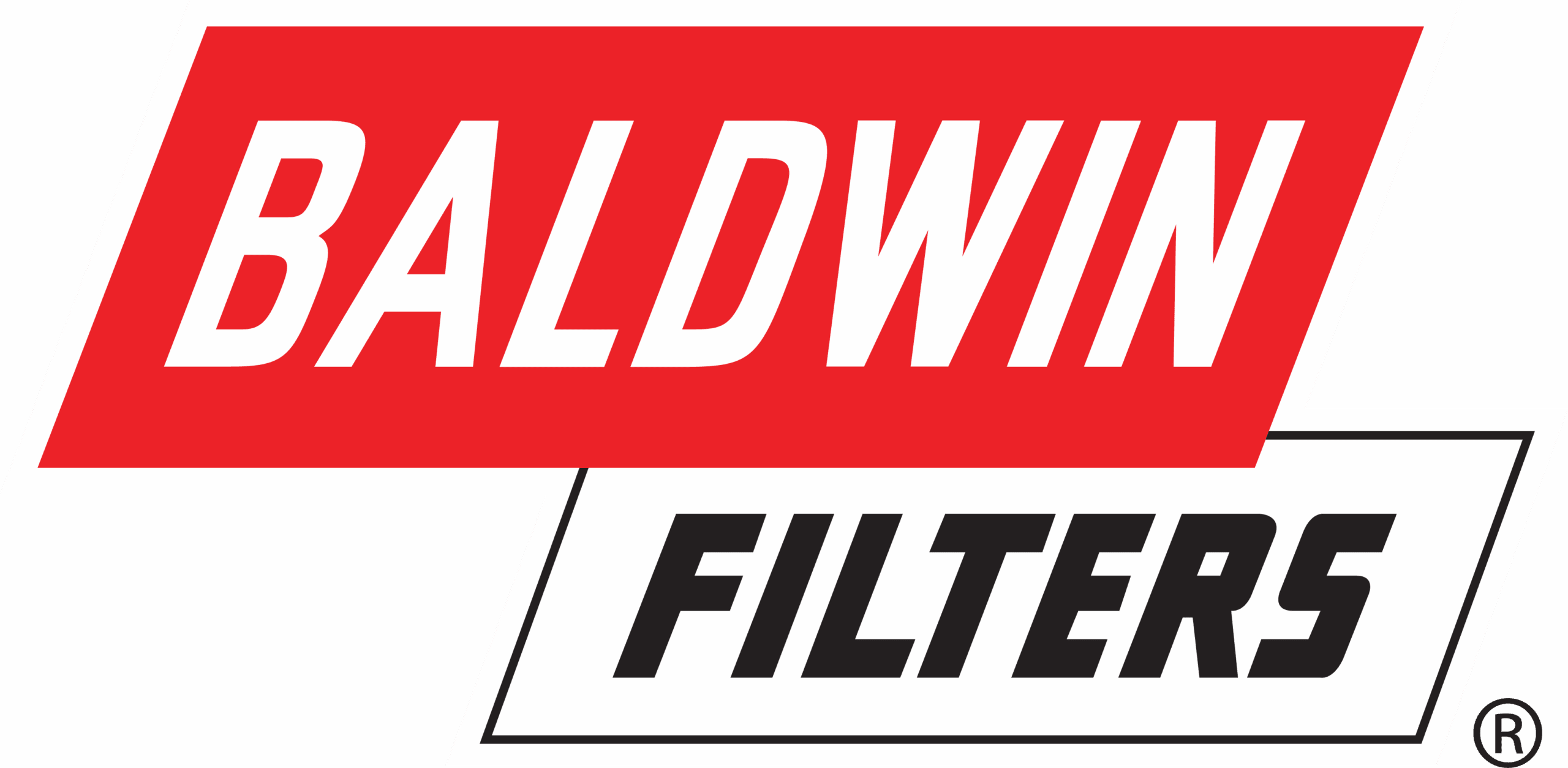How hurricanes are reshaping supply chain strategy
Home - How hurricanes are reshaping supply chain strategy
Jason Alyesh
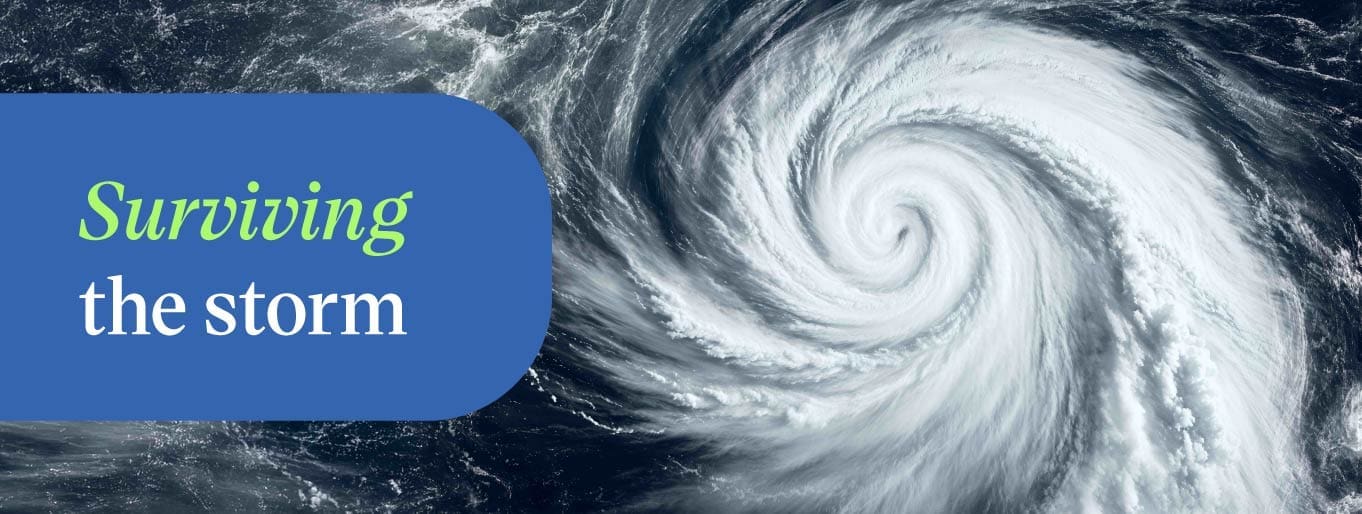
The Covid pandemic taught us a lot of lessons and was a sobering reminder that supply chains are fragile ecosystems that require constant attention.
I worked at a hospital during that time and recall stressful days sourcing far and wide for N95 masks and no-touch thermometers — monitoring delivery dates and chasing down reps when delays hit. That experience, for many of us, built character. And it gave supply chain professionals a crash course in how to prepare for shortages.
Then came Hurricane Helene in 2024. Another wake-up call. As we head into this year’s hurricane season (and future ones), we can carry forward a lot of hard-earned takeaways from last year’s storms. The good news: we’ve seen progress. The hard news: disruption never sleeps. Staying ahead of it takes constant vigilance.
This year could prove yet another real-world supply chain stress test. But, from storms to geopolitical turmoil, havoc often creates learning opportunities. There are many best practices that your organization should be ready to execute, so let’s unbox some of what those are.
Assess for single points of supply chain failure
Last season was one of the most destructive hurricane seasons in over a decade, hitting the Southeastern U.S. with a ferocity few expected. The immediate recovery challenges were enormous, and even now, some sectors, especially healthcare, are still feeling the aftershocks.
Case in point: Marion, North Carolina. Baxter’s facility there, responsible for over 60% of the IV fluids used in the U.S., was shut down for months due to flood damage from Helene. Production has resumed in phases, but hospitals across the country spent much of the last year rationing fluids and postponing non-urgent procedures. HHS stepped in to help, but full recovery? We’re not quite there yet.
Just south of there, down in Spruce Pine, mining operations for high-purity quartz — the lifeblood of electronics manufacturing — also took a hit. With Sibelco and Quartz Corp offline for an extended period, everything from laptops to cars faced component delays. And Georgia’s agriculture sector is still regaining its footing after severe crop losses. Peanuts, cotton, poultry, citrus, pecans: you name it, prices jumped.
Source from multiple regions
Last year exposed just how vulnerable tightly clustered supply chains can be. If all your eggs, or IV bags, are in one regional basket, it only takes one storm or other event (we’re looking at you, wildfires) to bring your operations to a standstill.
Some organizations fared better than others. Baxter, for instance, was able to mitigate some of the damage by activating overseas facilities. That kind of flexibility isn’t just useful; it could mean the difference between a company staying afloat or sinking without a trace.
As this year’s storm season kicks off, procurement leaders should be reviewing their sourcing footprints:
- Are your critical suppliers regionally diversified?
- Do you have alternate transport routes if ports or highways go down again, like I-40 and I-29 did last year?
- Is fuel accessibility part of your logistics contingency plan? (During Hurricane Helene, 1 in 3 gas stations were closed and the government had to get involved.)
Granted, it’s not always easy, or even possible, to line up equivalent suppliers from different areas. But sourcing and procurement teams who do the legwork understand the difference between a contingency plan and an agile supply chain strategy.
Situational awareness: Supply chain technology is mandatory
During the global pandemic, and again in the aftermath of the hurricanes, supply chain transparency is what helped separate the resilient from the reactive. For example, during COVID, I used GHX to evaluate potential delays and the suppliers / items on which to focus attention.
Global supply chains are the poster child for complexity. Which elevates sourcing and procurement solutions that track POs, delivery timelines, and in-transit goods in real time from nice-to-have to absolutely critical. You could easily add accounts payable and accounts receivable to this list, as digitizing the whole lifecycle is going to make weathering disruption much more efficient.
Teams that still operate off spreadsheets or end-of-week reports – and there are still many of you out there – may not exactly be doomed, but you’re already behind. Even when things are going well. But the time to fix the roof is when the sun is shining, so put a source-to-pay solution assessment strategy together now.
That way, when (not if) the worst happens, your team will be ideally situated to zero in on where supply chain attention is most needed and adapt in the moment. Not after the fact.
Make inventory strategy a competitive advantage
In industries that were impacted by the quartz shortage due to the shutdowns from storm damage in Spruce Pine, some companies had the foresight to monitor their PAR levels and build critical inventory buffers. They weathered the delays. Some competitors did not. Even as the market continues to reward planners with foresight, many analysts worry about disruption to the tech industry as a whole. Supply chains don’t exist in isolation, each and every one is part of a bigger ecosystem.
Now’s the time to assess your own inventory levels on high-impact materials. Don’t assume smooth sailing, always assume risk and plan accordingly. This may result in more than just gaining or maintaining competitive advantage; as we saw during COVID, these strategies can save lives.
Leverage the past to prepare your supply chain for what’s next
Major disruptions like storms, natural disasters, pandemics, and geopolitical turmoil are no longer anomalies, they’re a day-to-day part of the business landscape. And as we brace for another active hurricane season, the smartest thing your organization can do is put the lessons from the past into an action plan for the future (which means now).
At Corcentric, we help procurement and supply chain teams future-proof their operations. Whether it’s diversifying supplier networks, improving visibility, or optimizing sourcing decisions, we bring the technology, advisory, and strategy tools you need to turn periods of disruption into operational advantage.
Because this time next year, you’ll either be looking back on how well you planned or wishing you had planned better. Let Corcentric help make sure you’re ready to weather anything.





